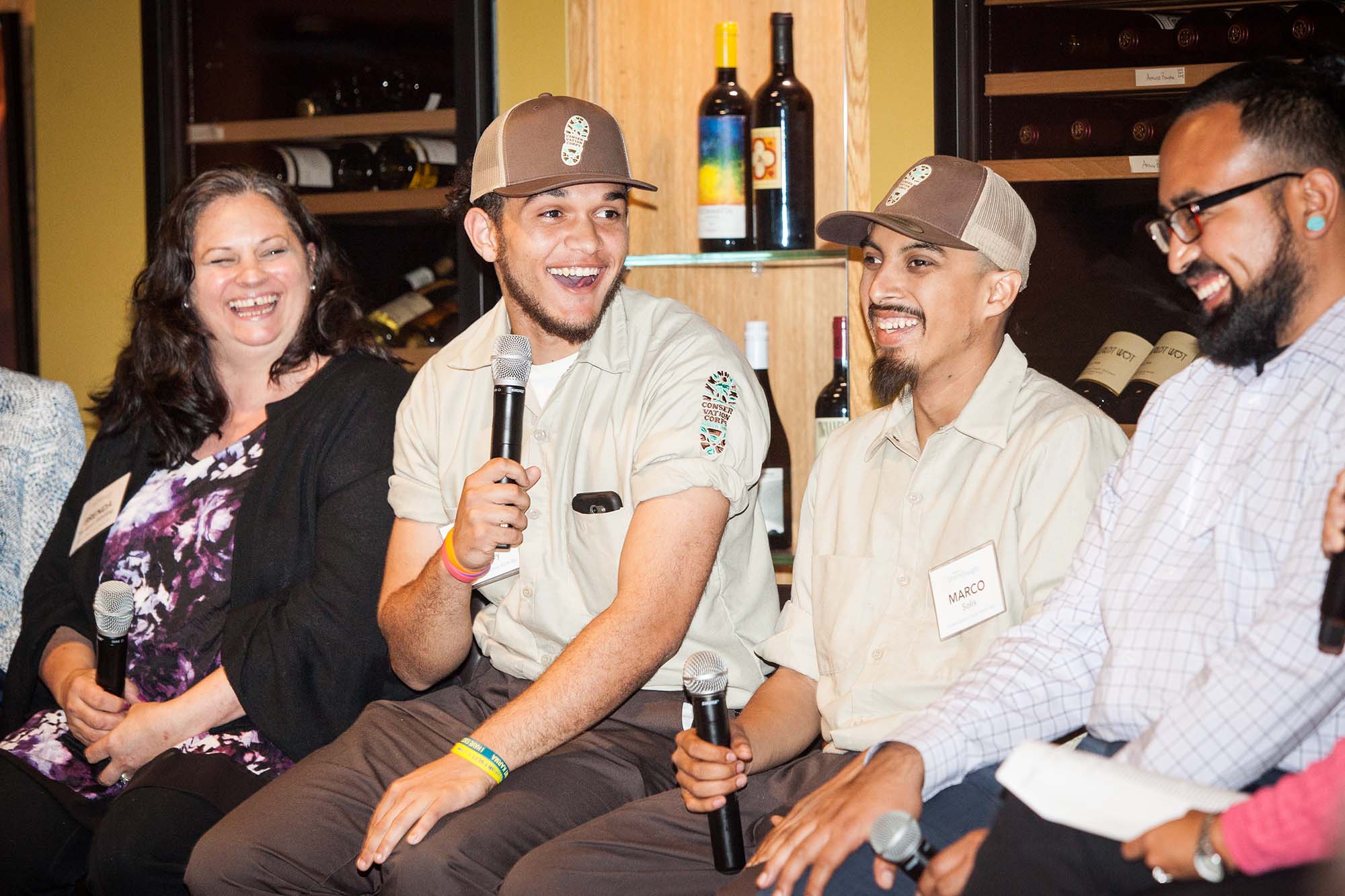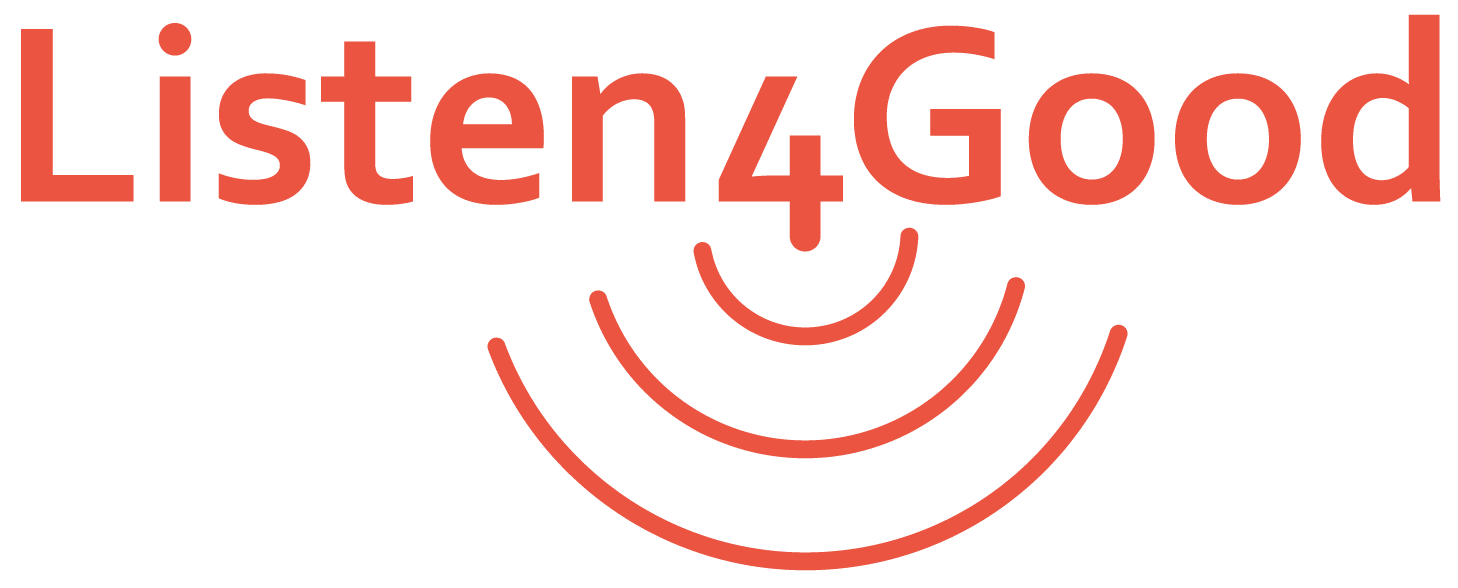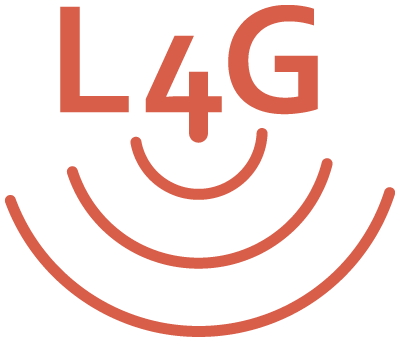- Articles & Blogs
- |
- Partner Publications
The Challenge and Opportunity for Funder and Nonprofit Listening Right Now
July 18, 2025
- Acting on Feedback
- Philanthropy

Originally shared by the Center for High Impact Philanthropy – University of Pennsylvania
High-impact philanthropy requires more than good intentions. It demands clear goals, continuous learning, and the discipline to make evidence-based decisions. Community feedback can be a key ingredient in supporting this practice.
This blog, co-authored with Listen4Good (L4G), draws on their work supporting over 1,200 organizations and 145 funders in embedding feedback into practice. Listen4Good explains why incorporating community feedback into your giving strategy is not just a best practice but a necessity for staying grounded and making a real difference.
I find it hard to believe, but I’ve been working in the feedback field for more than 18 years. During that time, I’ve supported both foundations and nonprofits to more effectively integrate the perspectives of the people at the heart of their work.
Given everything I’ve seen trying to help build feedback as an institutional practice, I read the Center for Effective Philanthropy’s recent report, “Voices that Matter: How Nonprofits and Foundations Engage With the Communities They Support,” with great interest.
The report raised three primary takeaways for me.
Funders say they’ve come to rely on nonprofit listening — but don’t tend to fund it.
In “Voices that Matter,” 96 percent of foundation representatives affirm they depend on feedback collected by their nonprofit partners. A statistic like that should make anyone who cares about feedback want to cheer. But the report goes on to detail that more than half of nonprofits say that none of their funders provide any financial support for their efforts to collect feedback.
This divergence of perspective reveals a striking contradiction. How do we assess the meaning of foundations’ a) stressing the critical value of feedback, and b) recognizing the unique role nonprofits play in helping them gain proximity to communities, yet still not providing funding to support the work?
From my own time working at CEP nearly a decade ago, I remember the early growth in the field-level conversation about the need for capacity-building support for nonprofits. CEP’s 2008 report, “More Than Money,” was a clarion call for both investment and non-monetary assistance to build grantees’ ability to deliver on their respective missions.
More recent research supported by Fund for Shared Insight has further highlighted that investing in nonprofits’ feedback capacity pays dividends in the form of improved client outcomes. Given all this research, like the general operating support conversation, it feels like this is a conversation we shouldn’t have to keep having in the sector.
There is a shortage of staff capacity for feedback work, which is only likely to increase.
I was also struck by the nonprofit data in “Voices that Matter.” While much of the information related to nonprofit listening is consistent with findings from 10 years ago, there was a marked shift in the impediments to listening cited by nonprofits in 2024 compared to 2013. In particular, lack of staff capacity and time has significantly increased as a barrier, growing from 11 percent to 39 percent.
We see this challenge manifest daily in Listen4Good’s feedback capacity-building programs. When we start working with organizations, they often have some kind of feedback approach in place — typically DIY processes they have created out of need. However, we often hear frustrations with existing systems, including:
- Limited actionability of the data they collect;
- A lack of integration with the myriad of other data that nonprofits have to collect for reporting;
- And ongoing challenges with keeping the practice going amidst staff turnover.
Our goal at Listen4Good is therefore to provide easy-to-access professional support that overcomes many of these barriers so organizations can build quality feedback practices that stick. And while we have seen results from our work — 86 percent of Listen4Good organizations make or have plans to make changes in response to feedback within one year of joining the program — the issue of constrained staff time remains difficult and is something always on our minds as a capacity-building provider.
This is especially true as many of the 1,200 organizations we’ve worked with are front-line nonprofits that struggle with high programmatic staff turnover. In response to this very problem, we’ve been testing supplementary services such as learning communities as a way of sustaining organizational participation in feedback. But capacity remains an issue that we constantly monitor and one that we know is only going to get further stretched given recent federal funding cuts.
One way forward: resourcing nonprofits as partners to help funders learn from community.
Finally, the “Voices that Matter” report highlights that integrating community listening still remains an underdeveloped practice among foundations. While nonprofits have feedback mechanisms in place, however imperfect, funders remain reticent to embed practices that bring them closer to the communities they ultimately seek to serve. Relatedly, the report cites a diversity of perspectives on whether funders should be listening to communities directly or in partnership with grantees.
I don’t think this data should make us hang our heads. If nonprofits are already listening and seeking support to help build their capabilities with feedback, and foundations are looking to strengthen their connections with communities, I believe we actually have a profound opportunity: To advance true shared listening models where funders partner with and resource their grantees to carry out some of the tasks related to listening, yet learn together from community feedback.
This kind of shared listening model — in which funders and nonprofits sit together and learn from community data — leverages the natural incentives facing the respective partners and the scaled tools and resources at the field’s disposal.
Here’s how it can work.
Foundations and nonprofits can co-design listening projects, with nonprofits taking the lead in data collection and with foundations providing funding support. Then, foundations and nonprofits can review the feedback data together, pulling out what’s relevant and actionable for each of them respectively.
While there’s work to be done to figure out how feedback data can be shared with funders in a way that does not penalize nonprofits for perceived failures, the field has a growing toolkit supporting more authentic funder-grantee relationships that can be leveraged in this regard. In short, these barriers are surmountable. And I believe the context overall puts us in the position of building shared systems that generate multi-layered insights for both funders and nonprofits — provided appropriate resourcing is applied.
At Listen4Good, we’ve begun multiple projects using this model. For example, in Arizona, we’ve partnered with a regional family foundation and the state-run early childhood agency, First Things First, to build the capacity of 23 nonprofit organizations who run family resource centers to listen systematically to the communities they serve.
Each family resource center is using Listen4Good to gather actionable feedback about their clients’ experiences with their services and to use that data to improve their programming. But we’re also sharing aggregate findings from the more than 1,300 families surveyed with First Things First, who is using the data to inform its own continuous improvement of programmatic strategy and to work with other system partners to garner more support for family resource centers. The funders are also benefiting from analyses that detail how different segments of the community are more or less well served by family resource centers statewide.
In a similar vein, we’re partnering with The Tepper Foundation to build grantee partners’ feedback capacity while also aggregating data across a subset of grantees in their Food, Housing and Health portfolio. By being able to look at answers to shared questions at a portfolio level, the funder is engaged as a co-learner, identifying and responding to shared needs and gaps in services across their grant partners.
Given the unprecedented slashing of federal funding that supports families and communities, as well as the cascading cuts to the nonprofit sector in the U.S., community and nonprofit needs are poised to increase even further. This makes feedback perhaps more vital than ever — but unfortunately it also logically follows that nonprofits’ ability to dedicate resources to building their capacity for gathering feedback will inevitably also be constrained over the coming years.
However, this represents an opportunity for a reinvigorated and responsive philanthropic approach. Together, we can take steps to build scalable systems that help ensure the commitment of the philanthropic sector to gaining better proximity to communities — and get critical insights to nonprofit partners that help them stay laser-focused on supporting what communities need in a constantly changing environment.
Overall, I’m grateful for the insights “Voices That Matter” has offered, and I’m ready to take on the challenges it illuminates.
Valerie Threlfall is founder and executive director of Listen4Good. Find her on LinkedIn.

